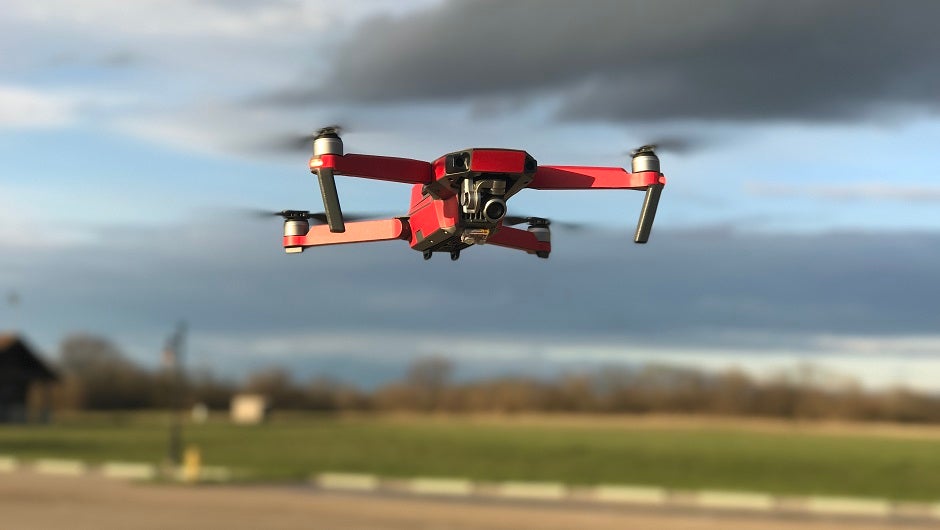The rising popularity and proliferation of drones in recent years has surprised even those in the industry. The FAA predicted a few years ago that there might be a total of fifteen thousand civilian drones in the U.S. by the year 2020. We’re well short of that mark, but the U.S. now sees more than fifteen thousand drone sales every month! Clearly the application of drones has far outstripped what experts predicted.
With those numbers in mind, it’s no surprise that drones are among the fastest-growing tech shares on the market, neck-and-neck with wearable technology. Just like desktop computer use exploded in the 1980s, drone usage is expanding beyond anyone’s predictions, and in areas no one even thought of a few years ago.
Agricultural Uses
This is one of the fastest-growing uses of the camera drone. Industrial farmers are getting empowered by camera drones to take inventory their crops, make early identification of crop failure, and analyze irrigation effectiveness. And what’s amazing is the fact that a pre-programmed flight path photos taken by these drones from the same positions can be compared over time to evaluate growth or identify issues.
For livestock farmers, drones can be used for head counts and monitoring of herds’ health, location, and population. Farmers are also using drones to track the arrival of lambs and calves and other infant livestock in populations that may be geographically spread out for grazing.
In addition to the monitoring capabilities, farmers can use drones like miniature crop dusters, spraying fertilizers or pesticides with greater precision than airplane drops could ever attain. A drone can spray an entire crop, or target specific problem-areas for precision solutions. This is one of the most broadly used civilian applications of drones but users just need to take care not to create any unintentional hazards with their drones.
It’s not precisely a case of hammering swords into plowshares, but it’s a real-life example of a civilian usage of military-tested technology.
Package Delivery
This application of drone technology hasn’t arrived quite yet, but it’s being road-tested by Amazon and it’s likely to roll out in the near future. Instead of having UPS or FedEx ring your doorbell, imagine having your package dropped at your doorstep by an unmanned drone. Dubbed “Amazon Prime Air,” the service will aim to make speedier deliveries and reduce the road-traffic caused by more traditional delivery services.
Internet Connectivity
This is an example of an application people wouldn’t even have thought of just a few years ago. Tech giants like Facebook and Google are investing heavily in the drone industry, with the expansion of Internet connectivity in mind. Both of these companies have already launched test drones, and are in the process of refining the technology.
Drones are being created that can stay aloft for several months at a time, thanks to high-altitude batteries and solar panels. The idea is to float a fleet of programmed and positioned drones that can communicate with one another and relay signals, not unlike satellites. Think of it as a giant WiFi network that would be accessible for miles.
In areas where it has been prohibitively expensive to run landlines for Internet, the drone solution may be the most effective answer. Although Facebook is heavily invested in the development of this technology, the plan is to give away the internet-drone blueprints, for use in areas that aren’t currently connected.
Monitoring and Enforcing — From Borders to Wildlife
Drones are being used around the world to monitor wildlife, offer insights to animal behavior, and protect against poaching of endangered species. A Fish & Game officer can’t be everywhere at once, but with drones in the mix the coverage of watched animal populations is greatly increased.
From rhinos and elephants to big cats, steelhead, and other endangered species, the varied applications of drones are assisting in research as well as enforcement. Along similar lines, border patrols are being boosted by drone monitoring, allowing more comprehensive coverage of long stretches of border that previously remained relatively unchecked.
Working in tandem with drones, border patrols are able to apprehend illegal entries with a higher success rate.
Search and Rescue
Search and rescue missions tend to be expensive, resource consuming, and frequently dangerous for the searchers. In cases where storms and weather conditions have been contributing factors to someone becoming lost, the searchers are at risk. A drone with heat-seeking technology or cameras can provide broader search coverage with no risk of human life.
Read more about drones and gadgets at Tech.Co.




